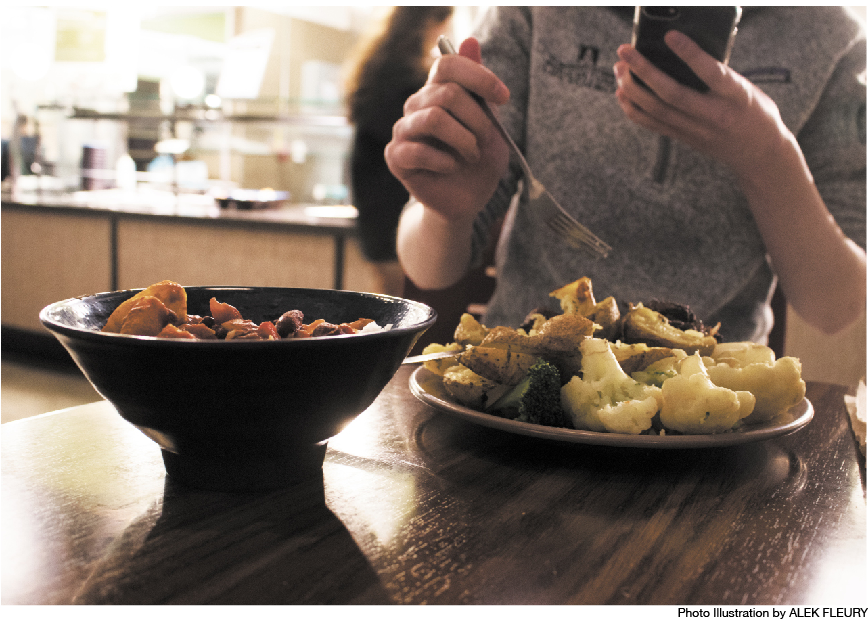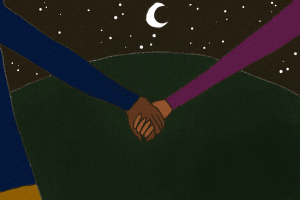Extra swipes won’t fix food insecurity
April 12, 2019
When my friend told me about the University’s Swipe Out Hunger program, I thought UVM had finally solved my biggest grievance: eating on campus.
I live off campus, so it’s hard to prep enough food to get through long days. I wouldn’t identify as “food insecure,” but I definitely can’t afford to eat on campus, which makes me wonder how people with fewer resources than I have manage.
The Swipe Out Hunger program seemed like a good response from the University after a spring 2019 study from the Food Insecurity Working Group found that 20% of UVM students are food insecure. That impression faded once I looked into the program.
Though the University acknowledges that the program is intended for students in “short term financial crisis,” it only provides up to 14 meals per year, according to the Center for Health and Wellbeing.
That comes out to one swipe a day for one week per semester, which isn’t only pitiful, but also ignores the reality that food insecurity is, more often than not, chronic.
Students living off campus often have to choose between studying hungry or losing study time to go home to eat because campus options are so expensive.
Students living on the points plan skip meals regularly to stay within the University’s suggested budget, meaning UVM is putting students on a meal plan that causes food insecurity.
The “short term financial crisis” is only one part of food insecurity at UVM. And the relief Swipe Out Hunger provides does not cover enough meals.
If you think that the limits of Swipe Out Hunger shows UVM’s unwillingness to spend money to address a major campus health issue, think again. The University isn’t paying at all. Students are.
The free swipes that the program allocates are donated by students during meal donation drives held at the end of each semester. Only those on the unlimited meal plan can donate swipes, and only from the three to six guest swipes allocated per semester.
The University has turned to student charity to solve a campus health crisis caused by their own skewed priorities.
Since the University has put responsibility on students, of course we should donate swipes to help our community. However, we shouldn’t have to make that decision in the first place.
We already pay increasing tuition and fees to be here. We shouldn’t have to pay to solve the campus’ budgeting problem.
Budgeting includes making sure food prices don’t surge food insecurity to more than twice the statewide average, according to the same spring 2019 study.
The University admits Swipe Out Hunger is a temporary solution and that they are looking for a more sustainable, long term approach.
But if the University has enough money to pay our new president $200,000 more than President Tom Sullivan gets now, we might have some lying around to provide relief to students.
Until then, students can skip lunch, and the University can pay the new president a $630,000 salary.








